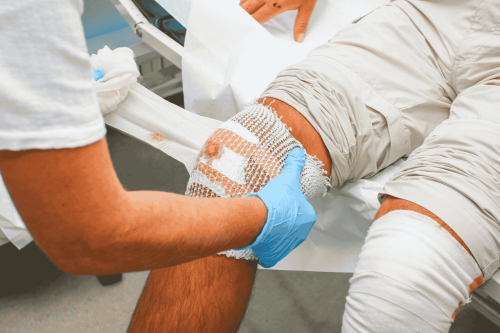Attention deficit hyperactivity disorder (ADHD) has become the most common childhood disorder.
According to the National Institute of Mental Health (NIMH), ADHD often begins between the ages of 3 and 6 years.
There are three types of ADHD:
- inattentive (trouble focusing, following instructions, and finishing tasks)
- hyperactive-impulsive (constantly on the go, talking excessively, and interrupting others)
- combined (symptoms of both inattention and hyperactivity-impulsivity).
The Centers for Disease Control and Prevention (CDC), estimates 11% of American children 4-17 years of age (6.4 million) have been diagnosed with ADHD as of 2011.
The US Food and Drug Administration (FDA) has approved two treatment types that include stimulants and non-stimulants. Stimulants are soothing and believed to increase brain levels of dopamine, a neurotransmitter associated with motivation, attention, and movement. The FDA has also approved three non-stimulants: Strattera (atomoxetine), Intuniv (guanfacine), and Kapvay (clonidine). These provide an alternative for children who do not tolerate stimulants well. To decide which option is best, patients should talk to their healthcare provider.
Behavior therapy may also be used in addition to treatment.
ADHD may last into adulthood. About 4 percent of adults have ADHD.
For more tools and recommendations, visit the CDC.



